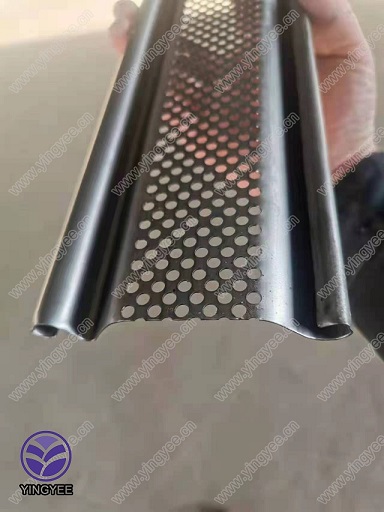
The Evolution of Keel Manufacturing Machines A Pillar of Maritime Engineering
The maritime industry has always been an essential component of global trade, with shipbuilding as its backbone. Among the various processes involved in shipbuilding, the manufacturing of the keel is pivotal. The keel, often described as the backbone of a ship, provides structural integrity and stability. To ensure quality and efficiency in keel production, the development of specialized keel manufacturing machines has become a crucial element in modern shipyards.
Traditionally, keel manufacturing was a labor-intensive process, heavily reliant on manual labor and rudimentary tools. Craftsmen would painstakingly carve and shape wood or metal into the desired keel form, a time-consuming endeavor that often led to inconsistencies in the final product. However, as the demand for larger and more complex vessels grew, so too did the need for more efficient manufacturing techniques.
The advent of keel manufacturing machines revolutionized this process. These machines leverage advanced technology to produce keels with precision and uniformity. Computer Numerical Control (CNC) machines, for instance, have become integral in keel production. By utilizing sophisticated software, these machines can create detailed designs and specifications, allowing for the automation of cutting, shaping, and assembling keels with remarkable accuracy. This technological advancement not only speeds up production but also minimizes the margin of error, resulting in safer and more reliable vessels.
In recent years, the incorporation of materials such as aluminum and composites into keel manufacturing has further transformed the industry. Traditional wooden and steel keels have their limitations, including weight and susceptibility to corrosion. Advanced keel manufacturing machines are designed to handle these new materials, allowing for lighter and more durable keels. The use of composite materials, in particular, has gained traction in the production of racing yachts and specialized vessels, where performance and weight considerations are critical.

Moreover, the environmental aspect of keel manufacturing cannot be overlooked. As the global shipbuilding industry faces increasing pressure to adopt sustainable practices, machines equipped with energy-efficient technologies have become paramount. Modern keel manufacturing machines are designed to optimize energy consumption and reduce waste. Innovative designs and manufacturing processes ensure that the environmental footprint of keel production is minimized, aligning with the industry's move towards sustainability.
Collaboration between machine manufacturers and shipyards has also advanced the evolution of keel manufacturing. By integrating robotic systems into the production line, shipyards can achieve higher efficiency and adaptability. Robots can work alongside human operators to perform repetitive tasks, allowing skilled labor to focus on more complex tasks that require creativity and decision-making. This synergy not only maximizes productivity but also enhances safety by reducing the risk of workplace injuries.
Looking ahead, the future of keel manufacturing technology seems promising. As the maritime industry continues to embrace digital transformation and Industry 4.0 practices, the role of data analytics and machine learning in keel production is expected to expand. Predictive maintenance, real-time monitoring, and enhanced quality control systems will further streamline production processes, ensuring that shipyards can meet the ever-increasing demands of the global market.
In conclusion, keel manufacturing machines stand as a testament to the significant advancements in maritime engineering. Their evolution from manual processes to automated, precision-driven production highlights the industry's commitment to efficiency, safety, and sustainability. As technology continues to progress, we can expect these machines to play an even more vital role in shaping the future of shipbuilding, ultimately contributing to the safer and more efficient transportation of goods across the globe.